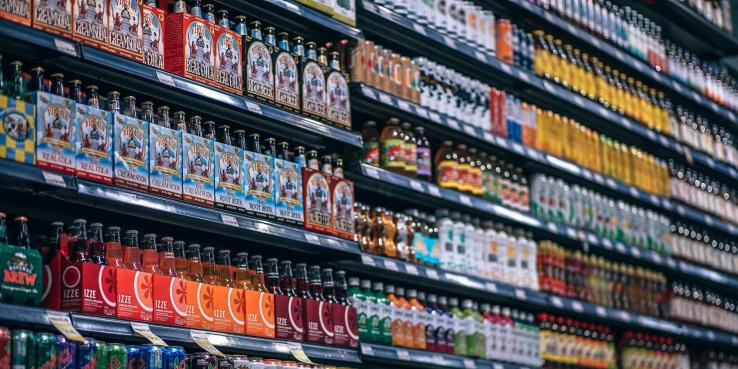To craft a winning ballot initiative, the proponents of San Francisco’s 2016 soda tax measure made a key tweak to previous efforts: Instead of earmarking the proceeds for the specific purpose of improving public health, which would require two-thirds of the vote to pass, they wrote it as a general tax, which only needed 50 percent plus one vote. The catch, of course, was how to direct the revenue to the cause of better public health outcomes without a budget dedication.
San Francisco began collecting the tax in January 2018. Following the model set by Berkeley, the law directed the tax revenue to the city’s general fund and established a special advisory committee to provide recommendations for how to spend it. The 16-member Sugary Drink Distributor Tax Advisory Committee (SDDTAC) tracks the impact of the tax and ensures that the revenue from the tax is used to further improve public health.
As the revenue came in, the question became: How would it be spent? The San Francisco Controller’s Office expected soda tax revenue of $15 million. Within that, $3.4 million was dedicated through mandatory set-aside budget rules, $1.2 million was allocated by the Board of Supervisors and $10.4 million was left unallocated for the 2018–19 budget.
In March, the SDDTAC released its non-binding recommendations for spending the unallocated revenue. In late May, then-Mayor Mark Farrell and Supervisor Malia Cohen announced their proposal for how to spend the funds, which the full Board of Supervisors approved in July. SPUR took a deep dive into both the committee’s recommendations and the final budget, and we are pleased to note that the mayor and board made only small changes. The table below illustrates the differences between SDDTAC’s recommendations and the approved budget:
| Item | SDDTAC Recommended Amount | Approved Budget | Variance |
| Community-Based Grants - DPH | $4,680,000 | $3,817,000 |
|
| Community-Based Grants - DCYF |
| $728,000 |
|
| Subtotal |
| $4,545,000 | -$135,000 |
| School Food, Nutrition Education | $1,000,000 | $1,500,000 | $0 |
| Student Led Action | $500,000 | ||
| Food Access | $1,000,000 | $1,035,000 | $35,000 |
| Healthy Retail SF | $150,000 | $150,000 | $0 |
| Oral Health - DPH | $1,000,000 | $450,000 |
|
| Oral Health - DCYF |
| $550,000 |
|
| Subtotal |
| $1,000,000 | $0 |
| Infrastructure | $1,000,000 | $800,000 | -$200,000 |
| Water Access - SFUSD | $300,000 | $450,000 | $150,000 |
| Water Access - Public Spaces | $150,000 | $0 | -$150,000 |
| SF Recreation & Parks | $520,000 | $520,000 | $0 |
| HOPE SF Peer Enhancements | $0 | $400,000 | $400,000 |
| Total | $10,300,000 | $10,400,000 | 100,000 |
The largest change the mayor and board made was to allocate $400,000 for HOPE SF Peer Enhancements, a program the committee did not include in its recommendations. This money funds both training programs and wage increases for peer leaders who provide community residents with health information and connections to health services. To provide this additional funding, the final budget moved funding from other priority areas (Community-Based Grants, School Food Nutrition, Education, Oral Health and Infrastructure).
While these changes are not inconsequential, they show respect for the original intent of the tax: investing revenue in initiatives to promote public health. In addition, adopting the vast majority of the committee’s recommendations shows respect for the SDDTAC’s process. By enacting a transparent process from revenue collection to recommendations to the final budget decision, San Francisco can provide a model for other governments that implement a soda tax in California or elsewhere in the country.
The agencies have started receiving money from the soda tax and will soon report back to the SDDTAC on how they spent the funds. In addition, the SDDTAC is currently considering recommendations for the 2019–20 fiscal year. SPUR will be tracking the results closely and will post an update when more information is available.
